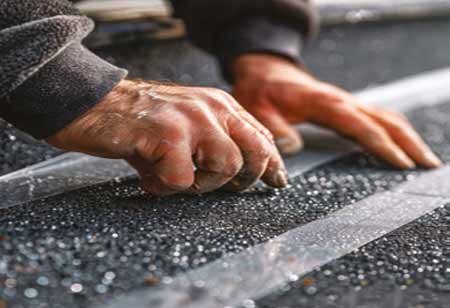Thank you for Subscribing to Construction Business Review Weekly Brief
Specials
- Apartment and Condominium Contractors Canada
- Decking Canada
- Architectural Glass Europe
- MEP APAC
- Construction Saudi Arabia
- German Apartment and Condominium Contractors
- Construction Law APAC
- Outdoor Construction
- Foundation Construction Canada
- MEP Canada
- Kitchen and Bath
- Cold Storage Construction APAC
- Precast Concrete Europe
- Construction Staffing Europe
- Pre-Construction Services
- Flooring System APAC
- Scaffolding Canada
- Swimming Pool Construction Canada
- Construction Management Canada
- Cold Storage Construction Canada
- Flooring Systems Europe
- Residential Construction
- Concrete Canada
- Construction Cladding Europe
- Construction Cladding APAC
- Concretes, Aggregates and Construction Materials APAC
- Concretes, Aggregates and Construction Materials Europe
- Commercial Contractors Europe
- Commercial Contractors APAC
- Dummy
- Construction Insulation, Coating and Waterproofing
- Construction Management APAC
- Landscaping Canada
- Construction Coating Europe
- Construction Tech Startups Europe
- Insulation Services Europe
- Mechanical Contractor Canada
- Mould Remediation and Testing Europe
- Swimming Pool Construction APAC
- Building Sealing Solutions Europe
- Construction Engineering Services
- Mechanical Electrical and Plumbing
- Roofing Systems Europe
- Architectural Glass APAC
- Startups APAC
- Construction Forensic and Owners Representative
- Flooring System
- Waterproofing APAC
- Wall Systems
- Safety and Compliance Europe
- Construction Equipment
- Modular and Prefab Construction
- Architectural Glass
- Construction MENA
- Construction Demolition and Recycling Europe
- Modular Construction Europe
- Construction Interiors
- Steel Building APAC
- HVAC
- Doors and windows
- Modular Construction APAC
- Building Information Modeling APAC
- Sustainable Construction APAC
- Building Restoration and Maintenance
- Commercial Contractors
- Specialty Construction
- Construction Engineering Canada
- Construction Engineering MENA
- Modular Construction Canada
- Construction Demolition Canada
- Roofing and Siding Systems
- Construction Latam
- Construction Staffing
- Roofing Systems APAC
- Construction Consulting
- Steel Building Europe
- Construction Demolition and Recycling APAC
- Safety and Compliance APAC
- Concretes, Aggregates and Construction Materials
- Construction Cladding
The Use of Ceramic Materials in Biomedical Applications
Ceramic biomaterials offer a viable solution due to their mechanical strength, biological functionality, and biocompatibility

By
Construction Business Review | Tuesday, January 30, 2024
Stay ahead of the industry with exclusive feature stories on the top companies, expert insights and the latest news delivered straight to your inbox. Subscribe today.
Ceramic biomaterials offer a combination of mechanical strength, biocompatibility, and tailored properties that make them suitable for various biomedical applications.
FREMONT, CA: Ceramic biomaterials offer a viable solution due to their mechanical strength, biological functionality, and biocompatibility. There is a growing interest in developing advanced biomaterials with specific physical and chemical properties that can integrate into biological environments in the human body. Ceramic biomaterials and nanocomposites' have fundamental physical, chemical, and mechanical properties. Their applications in biomedical fields include orthopedics, dentistry, and regenerative medicine, specifically in bone-tissue engineering and biomimetic ceramic scaffold design and fabrication. Compared to other biomaterials like metals or polymers, bioceramics possess unique properties.
Materials like alumina and zirconia have excellent mechanical properties, including high wear resistance and low coefficient of friction. They exhibit high intrinsic strength, making them suitable for high-stress applications such as artificial joints or dental implants. Bioceramics are generally biocompatible with human tissues, reducing the risk of adverse reactions or inflammation. Certain bioceramics, such as hydroxyapatite or bioactive glasses, even exhibit bioactive behaviors that promote tissue regeneration and osteointegration. Bioceramics are versatile and can be shaped precisely to meet specific requirements by tailoring their compositions to enhance desired properties.
The features make bioceramics suitable for a wide range of biomedical applications, and ongoing research is exploring their use as load-bearing parts, joint replacements, fillers, veneering materials, drug-delivery platforms, and biomimetic scaffolds.





